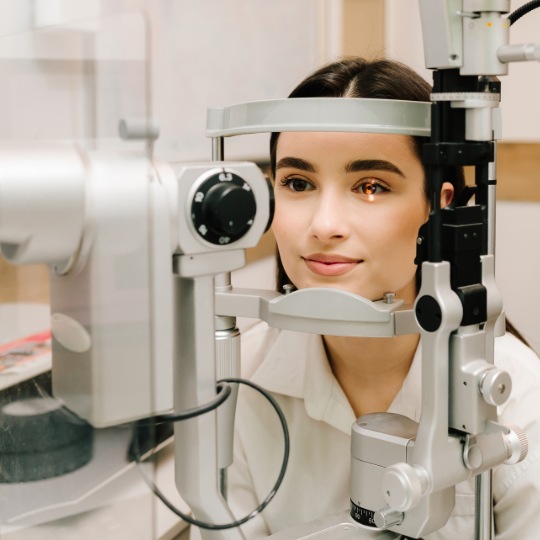Types of Laser Eye Surgery
Laser eye surgery is a corrective procedure that involves reshaping the cornea to have light land properly onto the retina, producing clear vision. Most times, laser eye surgery improves vision to the point that eyeglasses and contact lenses aren’t necessary full-time, if at all.
LASIK
Laser-assisted in situ keratomileusis, or LASIK, is one of the most common laser procedures performed due to its effectiveness and quick healing time. The process involves making a small flap in the corneal tissue’s outer layer, called the epithelium. The flap is pushed back, revealing the corneal tissue beneath, which is then reshaped using an excimer laser. The flap is then replaced to act as a natural bandage during healing, typically taking around a week.
LASIK is a suitable procedure for individuals with myopia, hyperopia, and astigmatism.
PRK
Photorefractive keratectomy, or PRK, is a similar procedure to LASIK that many individuals opt to receive for vision correction. However, instead of making a flap in the epithelium, the entire top layer of the corneal tissue is removed. Then an excimer laser is used to reshape the cornea underneath. After the procedure is complete, a bandage contact lens is applied to promote healing. Healing can take up to a month, and the healing process may be uncomfortable.
PRK is a suitable procedure for individuals with thinner corneas and can correct refractive errors like myopia, hyperopia, and astigmatism.













